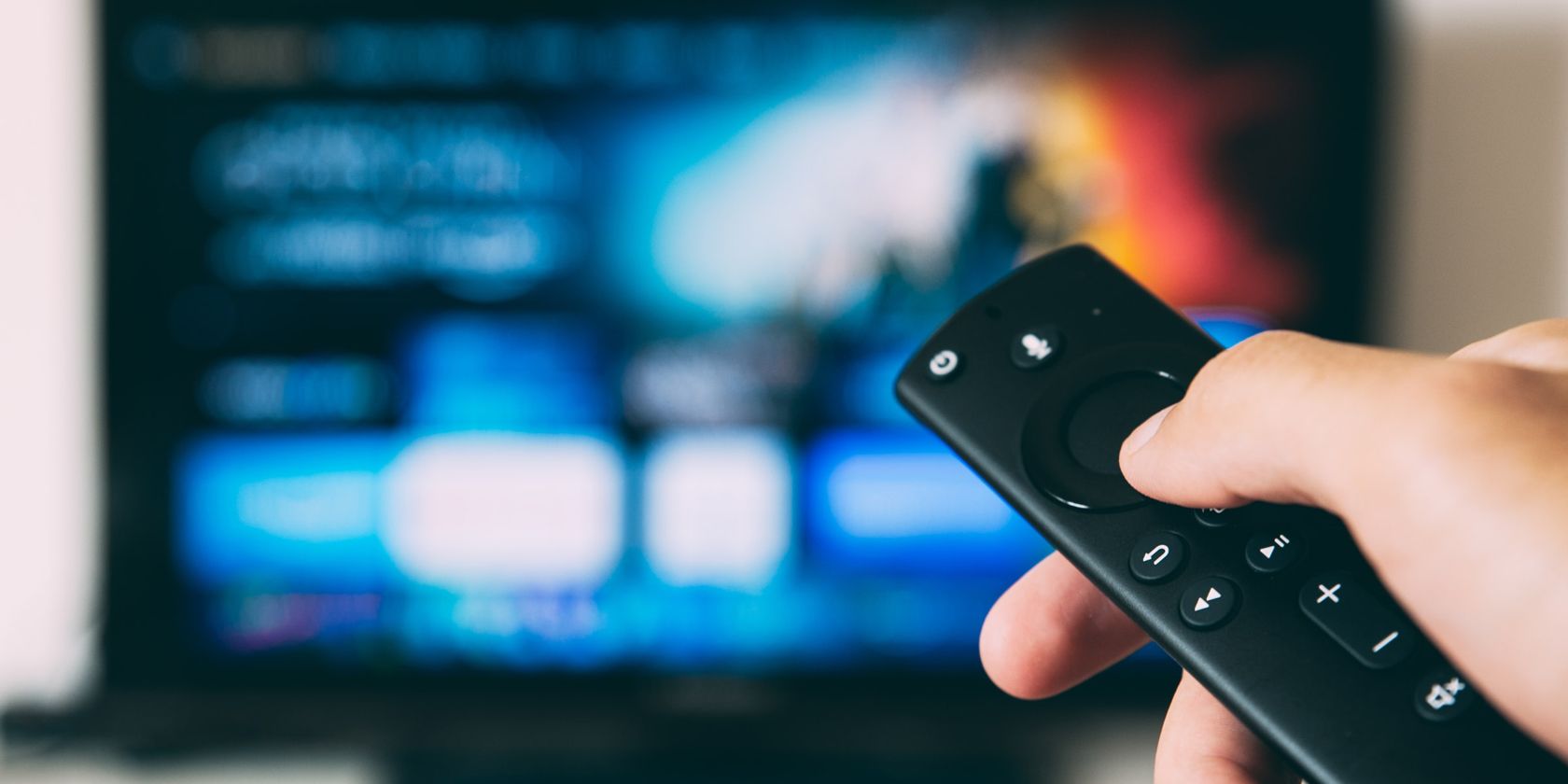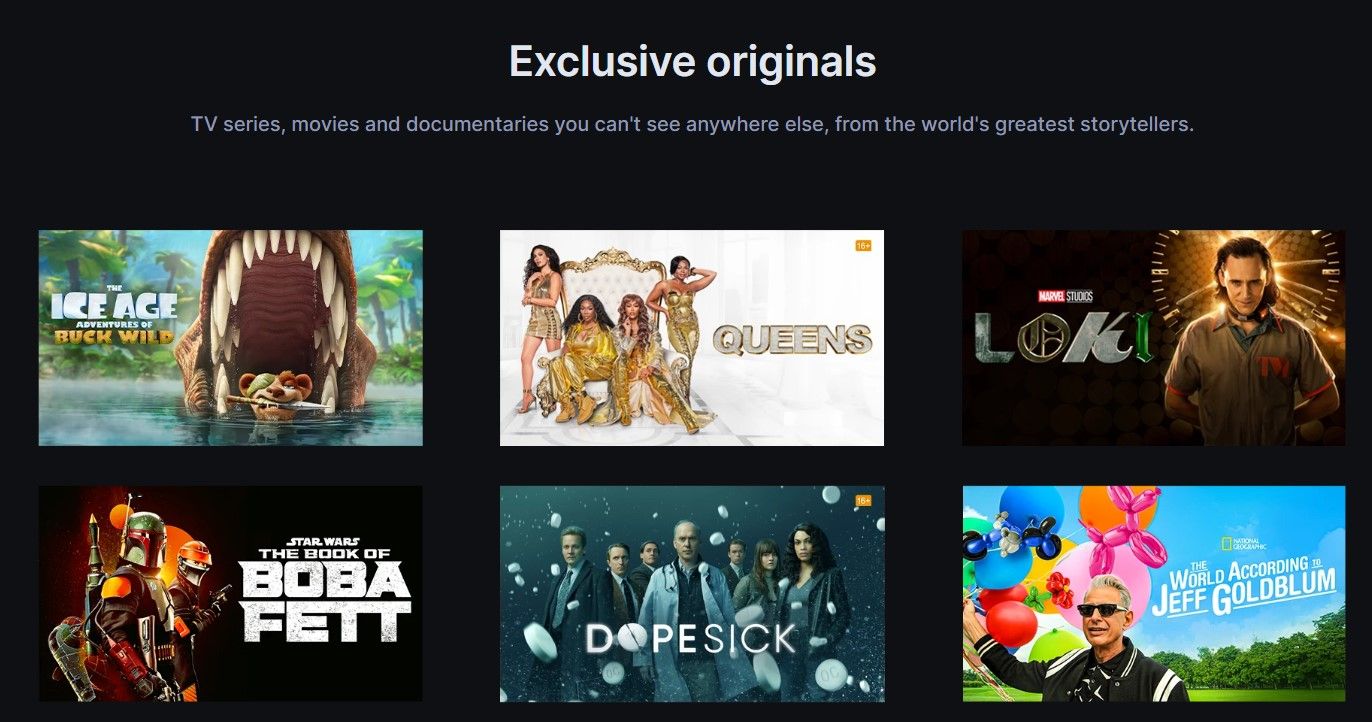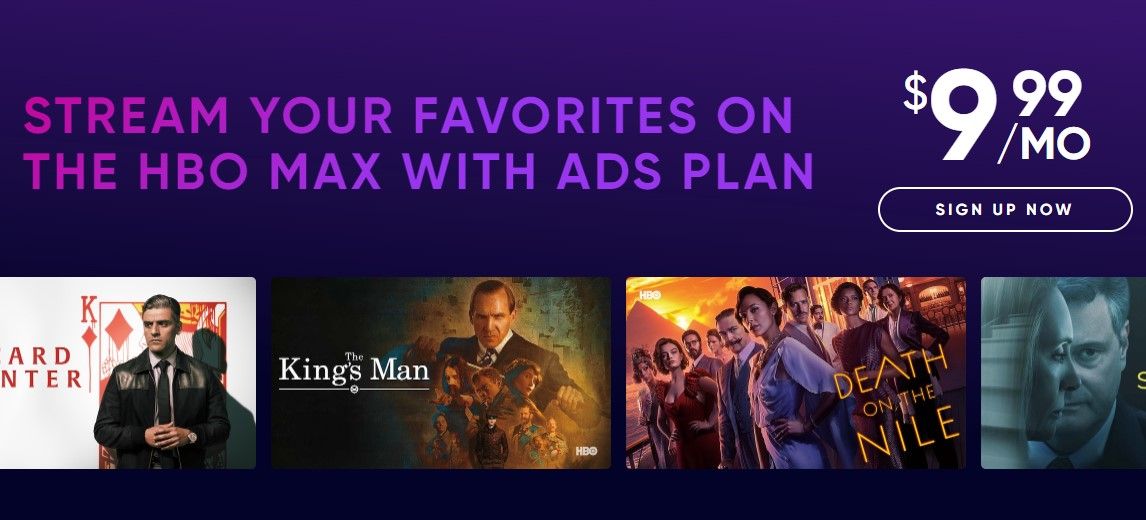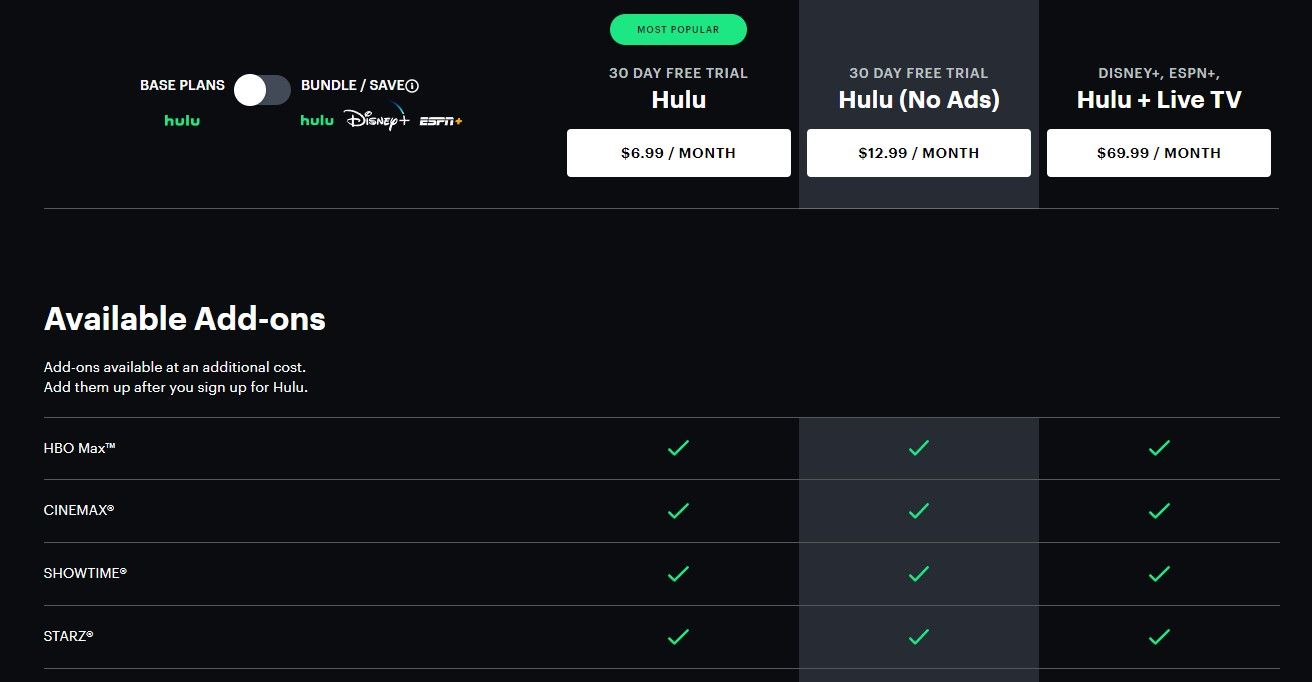When streaming services like Netflix first became popular, viewers celebrated the various ways that these platforms freed you from the constraints of cable or traditional TV.
But over time, new players in the market and streaming services from major networks are making the differences between cable and streaming less stark.
In fact, here are some of the ways that streaming services are regressing and becoming more like cable TV.
1. Exclusive Distribution and Availability of Content
While regional distribution of content has always been subject to licensing deals, there used to be more cooperation and overlap between networks.
For example, Netflix offered Disney and Marvel content to many viewers. Networks frequently allowed users to stream their shows and movies on more than one platform.
But thanks to many entertainment companies launching their own individual services, and acquisitions and mergers of studios and networks by the likes of Amazon and Disney, the market is far more segmented.
Notably, before the launch of Disney+ and its expansion into more markets, the Walt Disney Company pulled some of its content and movies from other services. For example, Disney pulled its Marvel shows from Netflix, even though these shows were created in collaboration with Netflix.
The focus on creating a concentration of exclusive content that can't be watched anywhere else has made the streaming market more similar to cable TV. It's bringing us back to the age of needing to subscribe to a specific network to view any of its content. As a result, some people feel that there seem to be too many streaming services nowadays.
Some users share passwords to save money on multiple subscriptions, but streaming companies are cracking down on this too. For example, Netflix plans to make you pay to share your password outside your household so that it can make more money off of shared accounts.
2. Weekly Episodes for Series
The streaming era has changed the way we're accustomed to watching series. Dropping entire box sets and seasons at once became the norm, with many viewers preferring to binge-watch content than have it spread out over weeks or months.
But since the pandemic started, more services seemed to revert back to weekly episodes. At first, you could put this down to the impact of the pandemic on production. But even after many lockdowns ended, the weekly episode trend continued.
This is likely also a tactic to keep users subscribed over time. Some users try to save money on streaming by only subscribing during months when new episodes of their favorite series come out.
For those who don't want to have to keep track of plot lines and multiple series over several weeks, this regression to a more traditional release model takes away some of the immersion.
3. Subscriptions With Ads
One of the worst things about traditional TV is the way shows and movies can be interrupted by ads. Many of us thought that by moving to paid online streaming services, ad breaks would be a thing of the past.
But entertainment companies now have ads in some of their subscription tiers, while other are toying with this idea. For example, Disney+ plans to introduce an ad-supported tier. There are already a variety of existing ad-supported tiers for streaming subscriptions on other services, such as HBO Max and Hulu.
Considering online content is already filled with product placement and paid partnerships, it's frustrating for users to have to pay even more if they don't want ads on their streaming platform.
4. Canceling Shows Based on Limited Metrics
Another drawback of cable is the way that networks cancel series as viewers decline over seasons, even if the content itself is still well-received.
One of the refreshing things about streaming platforms, when they first started making waves, was the willingness to experiment with different formats and give funding to ideas that may not have ever been entertained at traditional networks.
But this period seems to have ended.
Netflix is now notorious for canceling many shows after one or two seasons. Reported reasons include the way production costs rise as each season is renewed, including cast salaries.
So platforms like Netflix have become increasingly focused on cost versus viewership, limiting the number of seasons a show will ultimately be given, regardless of its quality. Later seasons of shows with loyal followings are also reportedly not likely to attract new subscribers—leading to the platform churning out new series rather than new seasons.
5. Bundling Subscriptions
The current streaming market, especially in places like Europe and the US, has created so much segmentation and an overabundance of choice that platforms are beginning to move back towards bundled services.
Bundled packages give you access to a variety of platforms with a single subscription or account. You can see this with the Disney Bundle offer which includes Disney+, Hulu, and ESPN+.
Hulu also allows you to choose a variety of add-ons for your subscription that will give access to other streaming platforms' content.
As the cost of streaming rises and content continues to be platform-exclusive, we'll likely see more companies opt for these bundle offers--especially among their subsidiaries. However, you'll likely still have to subscribe to niche streaming services by themselves for now, since global entertainment giants don't seem to be very focused on these.
6. Live Content
While streaming services typically have video-on-demand content, some have started experimenting with live content.
So far, many of these live channels seem to focus on sports or news content. But this may expand into other areas, such as Netflix's reported plan for live streaming which includes comedy shows, reality show reunions, competitions, and music concerts.
Whether this is a drawback will depend on how platforms implement these. People may appreciate the ability to watch live sports, for example, but may not want to deal with live ad breaks. Also, introducing 24-hour channels with diluted content is one of the problems of traditional TV.
Steaming Is Becoming Less Distinguishable From Cable TV
Hopefully, streaming giants will find a way to balance out their growth strategies without returning us back to the traditional TV subscription market, which comes with many flaws.
Cord-cutting freed us from the constraints of TV services, so it would be a pity to just replicate that market in an online format.




